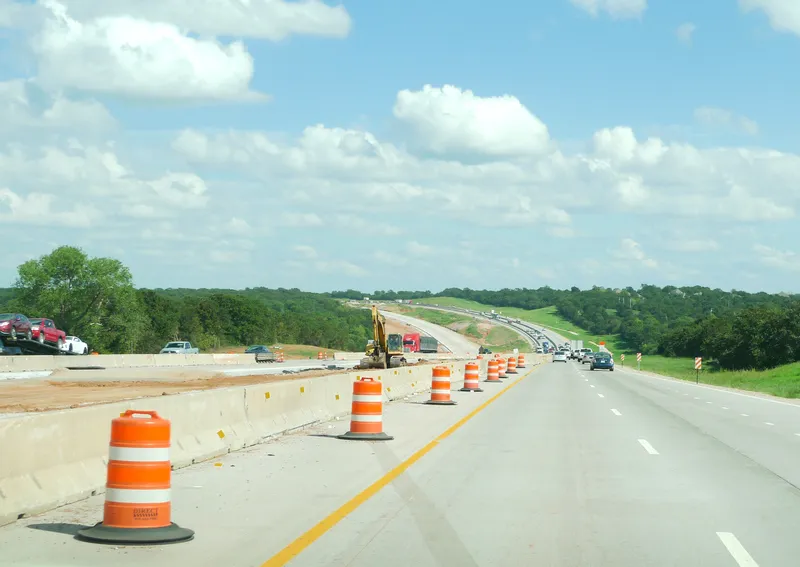
Gewi’s TIC software receives live iCone work zone ITS device data, which is then published through the Here production system. This concept was first demonstrated by Gewi at ITS World Congress in Orlando in 2011. However, the deployment here in Detroit no longer involves prototypes, but actual production off-the-shelf systems that supply traffic data to any of Here Technologies’ products and customers.
Visitors are invited to take a demonstration drive and learn about the individual components that make this Smart Work Zone to Navigation demonstration possible. Additionally, visitors to the Gewi and Here Technologies booths will be able to view the technology at many stages from the Gewi TIC software to the portable navigation devices (PND). Here Technologies expects to be rolling out construction work zone and lane closure incidents using live iCone ITS work zone data this year, leveraging Gewi TIC software features for incident gathering in Here’s traffic operations.
The result greatly enhances both coverage and accuracy for construction work zones and lane closures in products using Here traffic data. Motorists, road agencies and work crews will benefit from safer, more efficient experiences by more complete, accurate knowledge of exactly when and where work zones and lane closures are in effect.
Booth 607










